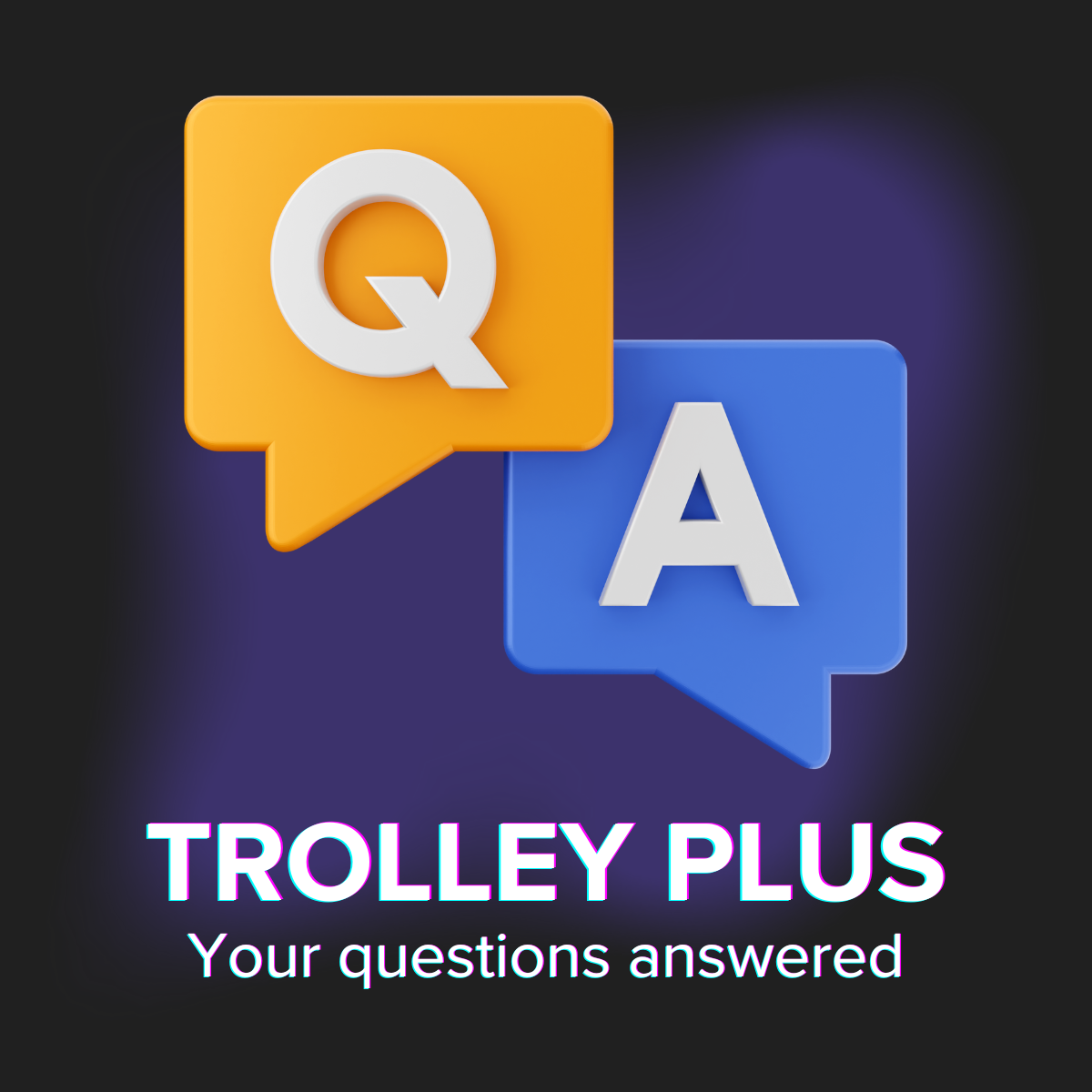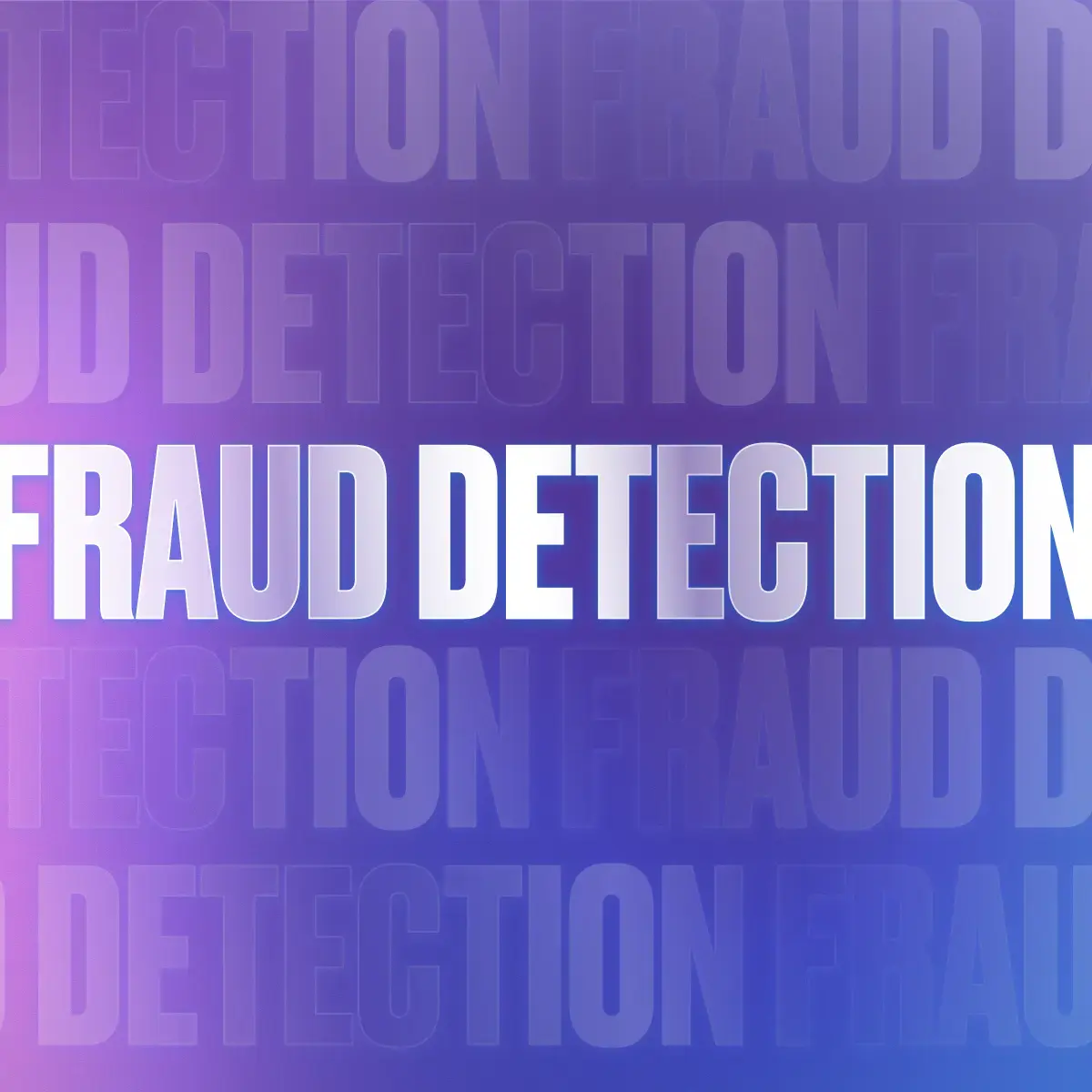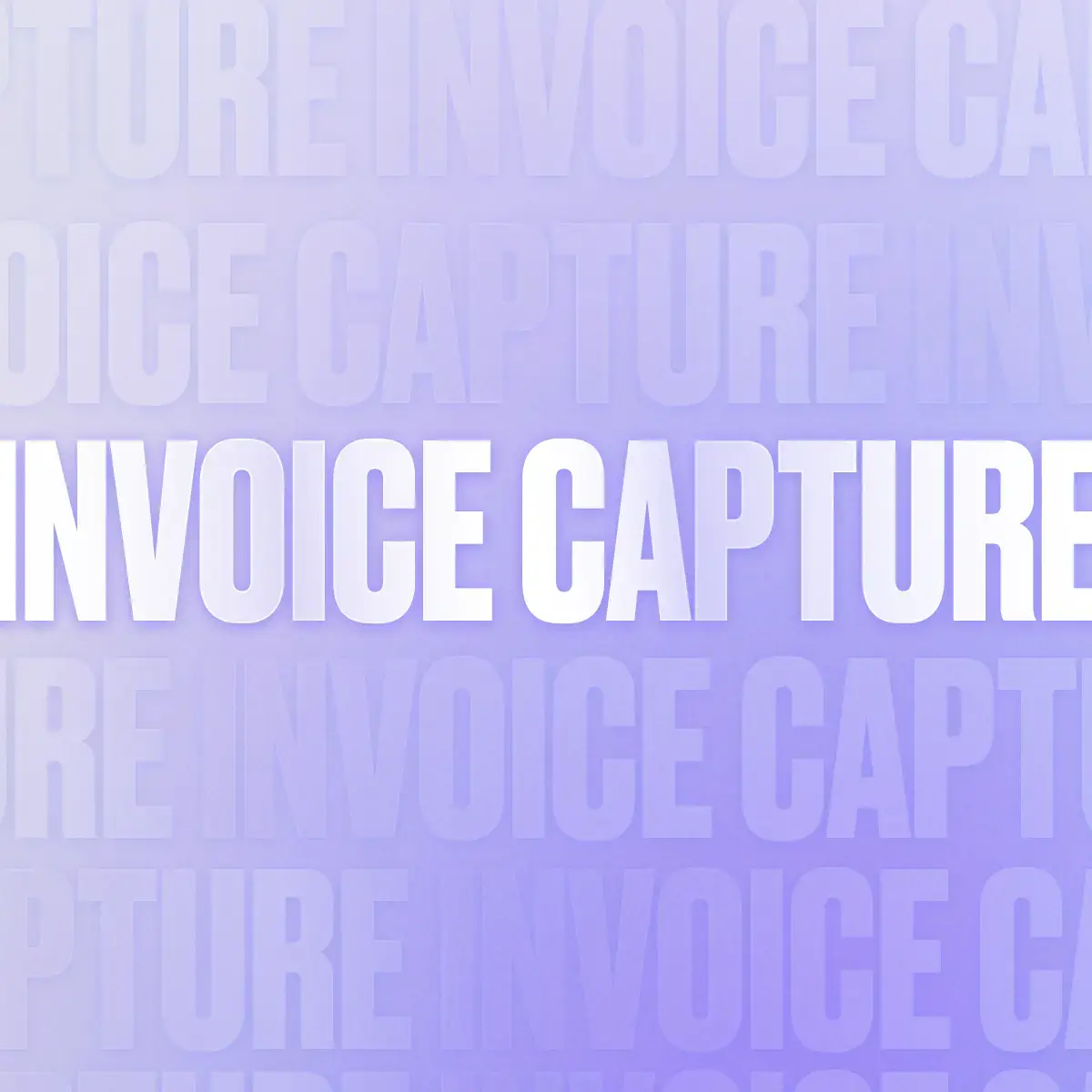As companies scale, their need for robust payouts, tax compliance, and data security tools is ever-increasing. With regulations changing on a yearly basis (or sometimes even more frequently!), it’s a lot of work for businesses to keep up. Enter: Trolley Plus!
ICYMI: We recently unveiled a new version of our end-to-end payouts automation solution for fast-growing companies and enterprises—Trolley Plus.
To continue the conversation, we sat down with Conor Cox, VP Revenue here at Trolley, to discuss the challenges businesses face when looking for payouts products, why transparency is so important, and what Trolley Plus is all about. Keep reading to glean lots of advice and actionable insights!
What advice would you give to a company looking to evaluate different payout software pricing options?
When you’re evaluating a payouts provider, a couple of the most important things to look at are: How quickly can we roll this out? What’s the load on our internal teams, our technical teams, to actually get a solution to market? We pride ourselves at Trolley on being exceptionally easy to work with, having really strong documentation, and helping you get to market quickly. That’s something that is not always common or consistent in the market.
The other thing that you’ve got to really check into is “global coverage”. It’s a term that gets used pretty loosely and broadly.
When we talk about global coverage at Trolley, we’re often talking about “local rail” delivery, not SWIFT wire. So many companies that offer global coverage or speak to global coverage are going to force you into expensive wire routes that incur a lot of FX. So, really dig into the routes that you’re going to lean into specifically, and try to get a really strong understanding of how that money is actually going to land in someone’s bank account.
One more thing to think about when you’re looking at payouts software is to take into consideration other needs outside of moving money. Tax legislation is starting to catch up with the internet, and businesses that move money and conduct their business online need to start thinking about tax. One of the things that we’re seeing more and more of is that companies that are evaluating a payout provider are also looking for a platform to move into. That often means the ability to handle tax, to onboard and handle ID verification, and to help you maintain compliance and sync data across systems.
What are some of the challenges that customers face when it comes to how payouts products are being bundled and priced?
The challenges really start on the transparency side of things. What we saw when we were doing pricing research is that a lot of companies don’t fully understand the extent of the fees that their recipients are going to incur.
With Trolley Plus, we wanted to move to a pricing model that gives the full story up front, one that makes it easy for businesses to explain to their recipients how money is going to move to them, and what fees they’re going to incur along the way.
This is dramatically different from a lot of pricing models on the market, where the withdrawal fees and the fees on the recipient side are often really opaque to the businesses using those solutions.
We also wanted to have a pricing and packaging model that allows us to support companies to solve their current problems and also to have the ability for them to consolidate their stack and get a better experience by moving to a full platform solution. To do this, we modularized our offering, gave people the ability to pick one product at a time, and then complemented that by adjusting the pricing model to really focus on the atomic unit for these businesses—the recipient.
It’s quite common in the market to pay to onboard people, regardless of whether or not you pay them and handle taxes for them. We also wanted to differentiate a bit there and only charge you for the recipients that you’re paying. Because at the end of the day, the value you’re getting from Trolley and from Trolley Plus is tied directly to the number of people that you’re paying.
Why is transparency so important?
The transparency that we provide to our customers gives them the ability to communicate clearly and effectively with the people that they’re paying.
That’s what forms the foundation of trust between brands and the people they’re paying, whether that’s artists, influencers, gamers, or creators—the way that you foster trust is you clearly communicate, you make commitments and then you make good on those commitments. That’s impossible to do if you don’t have a transparent pricing model.
We see business after business in our pipeline that come to us saying that their recipients are unhappy and frustrated because either payments are taking a long time to land, or payments are more expensive than they thought they would be. They’re getting hit with higher FX than they anticipated. The ability for companies to provide a transparent fee structure starts with their payout provider. If we can’t be transparent with the businesses on the fees they’ll incur, how they’ll incur them, and when they’ll incur them, it’s impossible for those brands and businesses to have that same level of transparency with their recipients.
Can you talk a little bit about who would be the ideal customer for Trolley Plus?
I would say our ideal customer for Trolley Plus is a global marketplace that operates out of multiple jurisdictions.
These companies are trying to move money across borders at a high frequency and looking to pay out people in the hundreds or thousands of dollars each month. Companies that sit in that sort of position have really unique tax and recipient challenges. Oftentimes they need to be able to sync recipients across multiple merchants and be able to reconcile their tax reporting.
We’re looking for businesses that want to access global markets for growth, and we want to be their growth partner to help them achieve that.
What are enterprise clients specifically looking for when it comes to payouts?
They’re looking for flexibility in terms of options. They want to be able to give their recipients, the people that they’re paying, flexibility.
They’re also looking for speed. People want to receive their money as quickly as possible with little lag time. They’re looking for companies that have the ability to distribute money globally and do that in a timely fashion.
We’re starting to see a lot of enterprise customers hone in on improving the recipient experience. They want to be able to cover fees. They want to be able to make sure that their recipients are receiving the full amount of money that they’re owed and that they’re not losing bits and pieces of that along the journey from the brand to the recipient. That’s another piece for us that goes back to our pricing model: being as transparent as possible and having a flat fee structure for when you’re moving money around the world.
That dovetails really nicely with the ability to pay into as many countries as possible and as many currencies as possible. Most of our enterprise customers are global businesses. They operate out of multiple jurisdictions. They’re moving money across borders. Allowing them to hit their growth targets often means that we have to be able to help them pay into any country they need to at any point in time with as much flexibility as possible in terms of delivery, routes, etc. That’s why we focus so intensely on developing a strong banking network, making sure that we can access every country in the world.
Outline some of the key benefits of Trolley Plus and how they address the enterprise-level challenges we spoke about earlier.
When we look at Trolley’s Pay functionalities at the Plus level, there are a few key pieces that separate that plan from our Standard plan.
The first and most impactful aspect of Trolley Plus is the volume discounts, both on the transaction pricing and the FX rates. This is really important for companies that are moving large volumes and large numbers of payments.
Trolley is also often implemented at the enterprise level using our API—so larger companies that are sending a lot of payments need a higher rate limit on the API. We’ve raised that ceiling at the Trolley Plus level.
Another critical feature is an ability to have approvals on invoices. Invoices allow you to stack multiple payments to the same person into a single payment. That helps save on transaction fees. To be able to offer invoices with approvals baked in is something that’s unique to Trolley Plus as well. That relates to a whole expanded roles and permissions side of things that’s only available on the Trolley Plus plan.
There are two things about Sync on the Trolley Plus plan that differentiate it from the Standard plan. The first is the integrations that companies get access to—the enterprise-grade ERPs NetSuite and Microsoft Dynamics 365. The second is the ability to have near real-time syncing between your ERP system and Trolley. If you’re on our Standard plan, there’s a little bit more lag time there. We also give you the ability to do invoice-level field syncing with Trolley Plus, which is something that’s unavailable on the Standard plan.
How to choose the right plan
Interested in learning more about Trolley Plus or Standard? Check out our breakdown of Trolley Plus, where we discuss all the differences between the two plans and provide guidance around choosing the best one for your business.
You can also watch the full interview with Conor to hear all the juicy insights that didn’t make it into this article. As always, don’t hesitate to reach out for more info. We’re always happy to chat!







